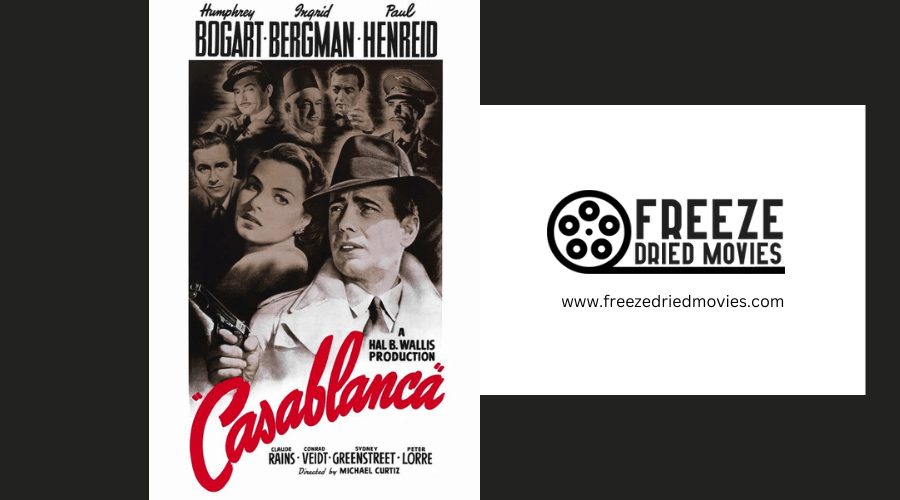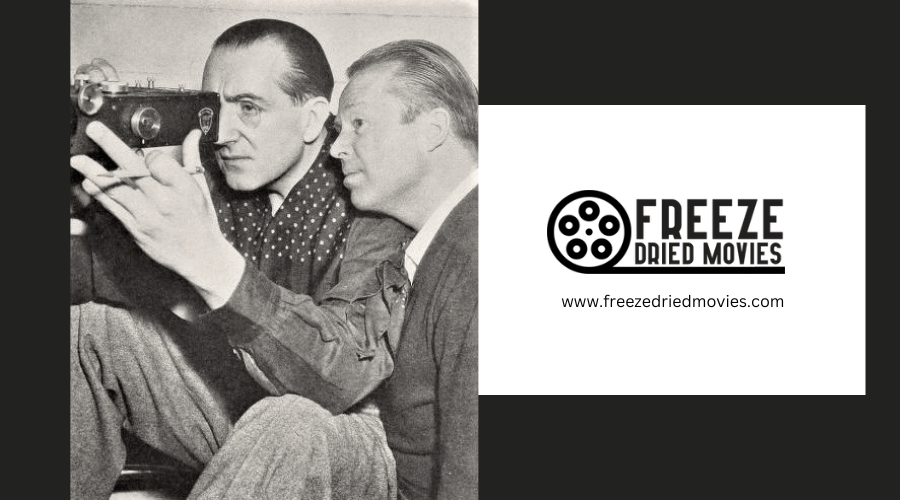What Shifts Occurred in Horror Cinema in the 1940s?
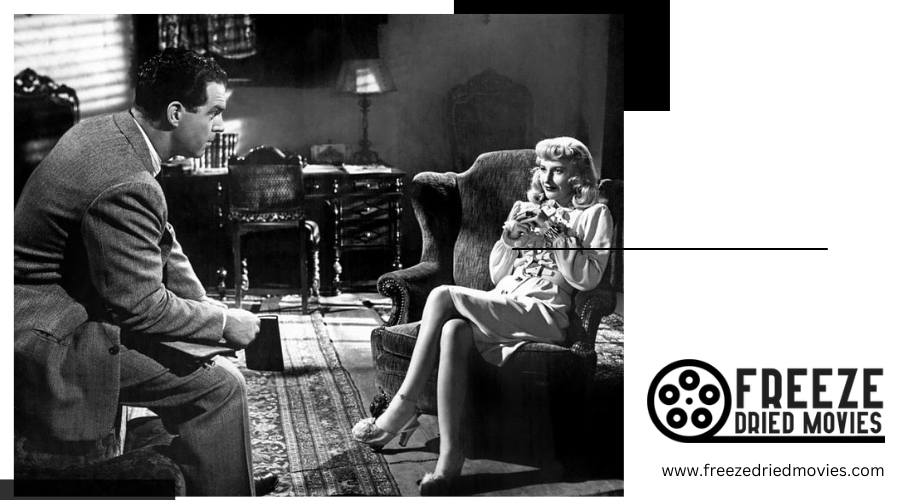
In the 1940s, horror cinema experienced significant shifts, integrating elements of film noir and embracing darker, psychological themes that moved beyond mere supernatural elements. Influential European directors, notably those from Germany, such as Fritz Lang and Robert Siodmak, contributed to this transformation by using monsters as metaphors for the darker aspects of human nature.
The era also saw a change in the portrayal of women who were not only victims but also complex protagonists and sometimes even antagonistic figures. This period marked a pivot in horror films towards serving as a medium for profound social commentary, reflecting and responding to contemporary societal fears.
This evolution in horror cinema introduced a greater narrative complexity that influenced the genre's development.
Genre Blending Emergence
In the 1940s, the horror genre began to blend with film noir, creating a hybrid that blurred the lines between thriller and horror films. This period marked the introduction of films where the monster was often not a supernatural entity but a manifestation of human darkness, reflecting the sinister themes common to both genres. This shift was heavily influenced by European, especially German, filmmakers who brought with them the Expressionist style characterized by stark, shadowy visuals that became a hallmark of both horror and thriller films.
The integration of psychological complexity added a new layer of intimacy and realism to the fear portrayed in these films. Horror movies started incorporating complex narratives filled with moral ambiguity and psychological tension, elements typical of thrillers. This fusion not only enriched the horror genre but also broadened its appeal to audiences.
Key European figures such as Fritz Lang and Robert Siodmak were instrumental in this transformation, moving the horror genre away from straightforward scare tactics to explore deeper, existential anxieties. Their contributions ensured a lasting impact on the evolution of horror cinema.
Influence of Film Noir
Film noir profoundly influenced 1940s horror cinema by integrating shadowy visuals and psychological intricacies. Initially overlapping with horror, early film noirs such as 'Double Indeminity' and 'Laura' blurred genre boundaries, introducing eerie undertones and moral ambiguity to enhance the psychological terror in horror films.
European directors like René Clair, along with German filmmakers such as Billy Wilder, Fritz Lang, and Robert Siodmak, significantly contributed to this trend. Their expertise in German Expressionism, while not the main focus here, influenced their stylistic choices in Hollywood, thereby enriching the atmospheric and psychological depth that defined horror films of that era.
These films are characterized by their dark, shadow-filled scenes and complex characters, hallmark traits of film noir that were effectively incorporated into horror, resulting in a sub-genre that was both intellectually provocative and unsettling.
German Directors' Impact
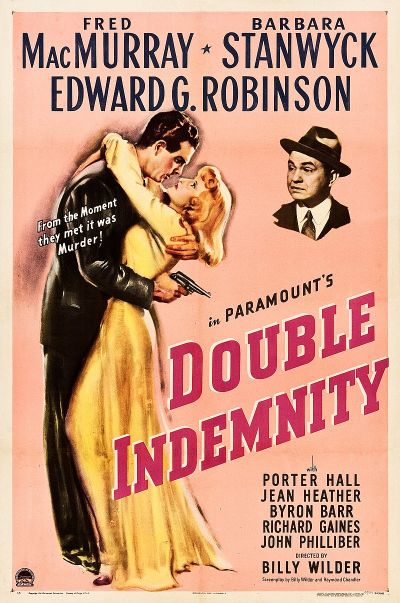
Drawing from the unsettling ambiance of film noir, German directors like Fritz Lang, Billy Wilder, and Robert Siodmak significantly influenced the horror genre through their unique visual and narrative approaches. Rooted in German Expressionism, their work in Hollywood during the 1940s introduced psychological depth and dark, atmospheric settings that previously had less emphasis.
| Director | Contribution to Horror Cinema |
|---|---|
| Fritz Lang | Integrated psychological complexity and moral ambiguity, utilizing moody and visually striking settings. |
| Billy Wilder | Combined horror with crime drama, infusing a sinister element into narratives, exemplified by 'Double Indemnity'. |
| Robert Siodmak | Elevated suspense and fear through the use of shadows and tight framing to heighten anxiety. |
| Collective Impact | Brought European sensibilities to Hollywood, enriching the horror genre's narrative and aesthetic complexity. |
| Overall Style | Characterized by stark lighting, distorted angles, and an overarching sense of doom, it is a hallmark of German Expressionism. |
These German directors revolutionized the perception and production of horror films in Hollywood. Their infusion of European artistic elements into American cinema not only enhanced the visual and emotional depth of horror films but also set new standards for the genre's development.
Emergence of Female Leads
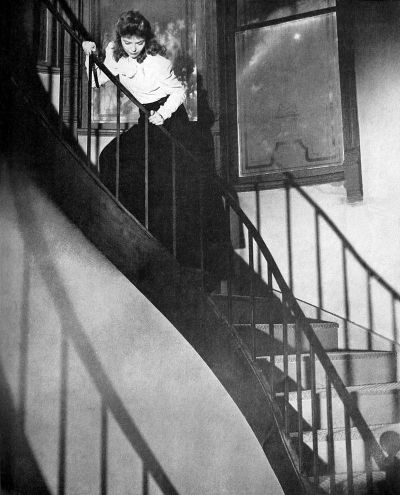
In the 1940s, the horror film genre began to prominently feature female lead investigators, exemplified by films like 'Phantom Lady'. This trend wasn't merely a superficial addition of women to the cast; it reflected significant societal shifts. With many men serving in World War II, women increasingly assumed active, pivotal roles both in society and on screen, a reflection of the changing dynamics of the time.
'Phantom Lady' and similar Gothic films from this era not only entertained but also initiated a crucial transformation in the portrayal of gender within horror cinema. These films deviated from the archetype of the femme fatale, instead presenting female characters with intricate motivations and substantial autonomy. The introduction of female lead investigators in 1940s horror represented a departure from earlier decades, which predominantly featured male protagonists in such roles.
These changes in character dynamics corresponded with the altered wartime roles occupied by women, as societal necessities during the war prompted women to fill positions traditionally held by men, both in real life and in fictional narratives.
This period marked a significant evolution in the horror genre, paving the way for the emergence of female monsters and reshaping narrative possibilities. By integrating strong female characters, these films not only mirrored but also challenged the gender norms of the era, enhancing the genre's depth and complexity.
Introduction of Female Monsters
In the 1940s, horror films began featuring female monsters who significantly diverged from traditional, male-dominated characterizations. These characters were portrayed as complex and multifaceted, embodying a departure from the usual depiction of women merely as victims or seductresses. This shift in character development not only challenged existing stereotypes but also reflected broader societal changes, particularly at a time when women were assuming roles traditionally occupied by men due to the wartime labor shortages.
These female monsters symbolized more than just sources of horror; they mirrored the evolving roles of women in society and the increasing recognition of their capabilities and complexities both within and beyond the domestic sphere. The films served as a medium to critique and reconsider gender norms, offering audiences new perspectives on female empowerment and societal roles.
This table illustrates the multifaceted impact of female monsters in 1940s horror cinema:
| Emotion | Female Monster | Impact on Society |
|---|---|---|
| Empowerment | Complex roles | Challenging norms |
| Fear | New adversaries | Shifting perceptions |
| Curiosity | Unconventional | Evolving roles |
| Surprise | Non-seductress | Breaking stereotypes |
| Intrigue | Diverse stories | Enhancing narratives |
The roles of these female monsters were not merely for dramatic effect; they provided a critical commentary on the shifting dynamics of societal and gender roles, encouraging viewers to rethink traditional narratives and embrace new, empowering representations of women.
Shift to Psychological Realism
During the 1940s, horror cinema underwent a significant transformation, shifting from Gothic fantasies to films that resonated with more realistic, human-centric fears. This evolution in the genre was driven by societal changes and an increased public desire for movies that reflected real-world anxieties. Psychological elements became more pronounced, marking a departure from the escapism prevalent in the horror films of the 1930s.
By the mid-1940s, the incorporation of psychological realism in horror films wasn't merely a trend but a deliberate response to the audience's deeper, perhaps intensified fears during a period of global unrest. These films increasingly focused on the complexities of the human psyche, moving away from purely supernatural themes and offering a new perspective on horror through the lens of psychological realism.
However, the transition faced obstacles, notably from film censorship, which was particularly stringent during this era. Censors limited the depth of psychological content and were cautious of its potential impact on viewers. Despite these challenges, the 1940s marked a crucial period in the evolution of horror cinema, paving the way for the genre's future focus on psychological horror and influencing the thematic direction of subsequent films.
Social Commentary Themes
The 1940s horror cinema, amidst a backdrop of global conflict and social upheaval, served as a reflective medium for the era's predominant societal anxieties. These films transcended traditional scare tactics, incorporating deep social commentary that prompted audiences to contemplate moral dilemmas and societal inequalities. By intertwining themes of morality with supernatural elements, filmmakers not only entertained but also engaged viewers in discussions about human nature and ethics during crises.
Characters in these films often faced choices emblematic of broader societal conflicts, effectively using the horror genre as a lens to explore and critique real-world issues. This narrative technique not only heightened the genre's impact but also ensured that each film was a catalyst for dialogue on important social concerns, enveloped in suspense and moral questioning. Thus, 1940s horror films weren't merely about instilling fear but were vehicles for critical reflection and societal commentary.
Rise of Horror Film Noirs
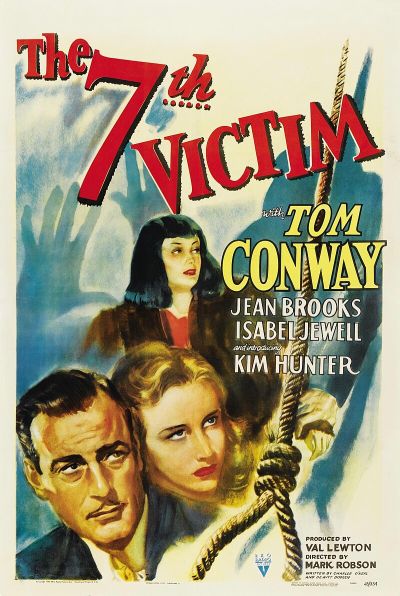
In the 1940s, horror film noirs captivated audiences by combining eerie narratives with the moody, stylistic elements typical of noir cinema. This blend introduced classic horror figures like Dracula and Frankenstein in a new light, employing shadowy visuals to intensify their sinister presence. Films like 'The Spiral Staircase' and 'The Seventh Victim' not only featured these iconic characters but also placed them in morally complex, ambiguous situations, a hallmark of noir storytelling.
Prominent filmmakers such as Val Lewton were pivotal in integrating horror with the tense, atmospheric storytelling found in noir. This synergy led to a more psychological dimension of horror that ventured beyond mere supernatural themes. The integration of characters like Jekyll and Mr. Hyde, as well as the Werewolf of London, into settings filled with dark alleys and dim lighting demonstrated an innovative use of special effects that enhanced the genre's depth.
These films transcended simple horror, drawing in viewers with their intricate narratives and evocative visual styles. This approach resulted in a transformative decade for horror film noirs, redefining audience perceptions of fear and suspense in cinema, making it a seminal period in the evolution of the genre.
Evolution of Horror Narratives
In the 1940s, horror cinema shifted its focus toward psychological realism and social commentary, moving away from purely fantastical themes. Films from this era delved deeper into human fears and anxieties, presenting characters as complex reflections of societal challenges and ethical dilemmas rather than mere monsters. For instance, Larry Talbot, a character crafted by Curt Siodmak in the werewolf mythology, epitomizes this transformation. Talbot, afflicted by lycanthropy, represents not only a tormented creature but also a conflicted human being, highlighting the nuanced portrayal of monsters in this period.
The introduction of psychological depth in these narratives did more than frighten audiences; it engaged them emotionally and intellectually, encouraging empathy for the characters and prompting viewers to contemplate the moral complexities of their actions. This evolution in horror cinema not only enhanced the genre's ability to entertain but also elevated its capacity to explore and critique human nature and moral choices.
Conclusion
The 1940s were a transformative period for horror cinema, characterized by several significant shifts. The genre was integrated with elements of film noir, incorporating its dark, moody aesthetics, and complex moral landscapes. This period also marked an influx of German directors who brought a distinct, expressionistic style to Hollywood, deepening the visual and psychological complexity of horror films.
Additionally, the era witnessed the emergence of more prominent roles for women and the introduction of female monsters, reflecting broader societal changes. Horror films began to incorporate psychological realism and social commentary, moving beyond mere scares to explore and reflect deeper societal anxieties and truths. These changes made horror cinema not only a source of entertainment but also a medium for social critique.



